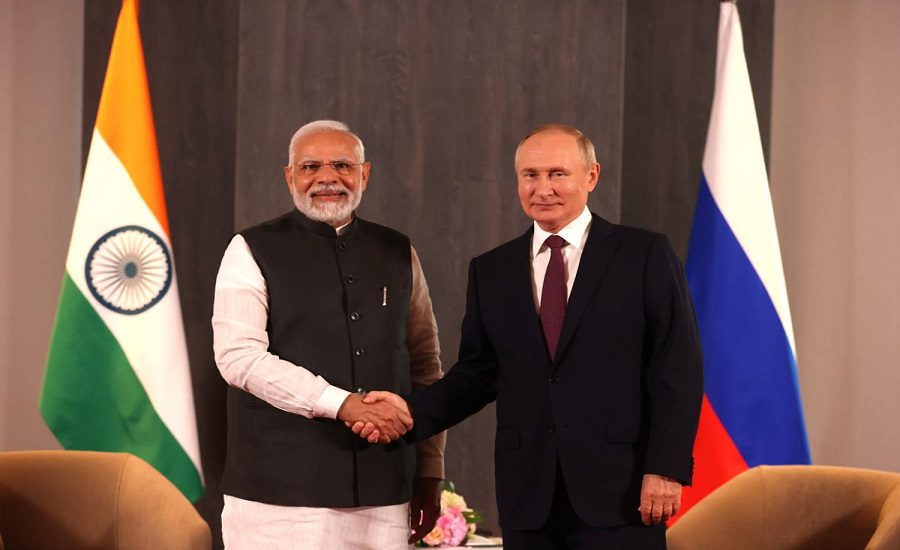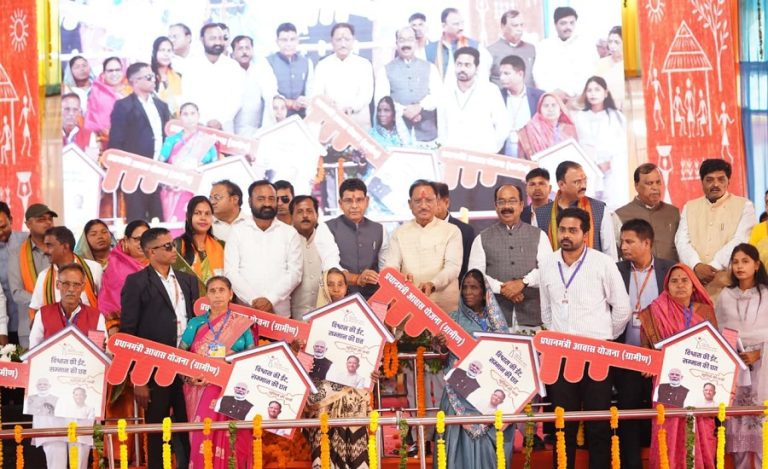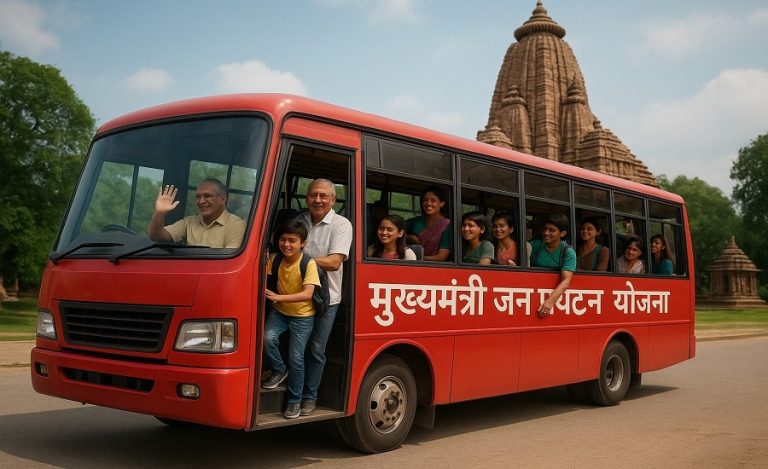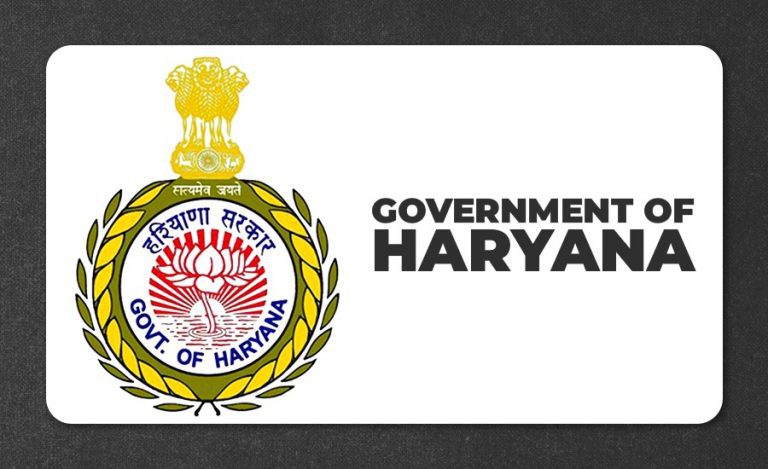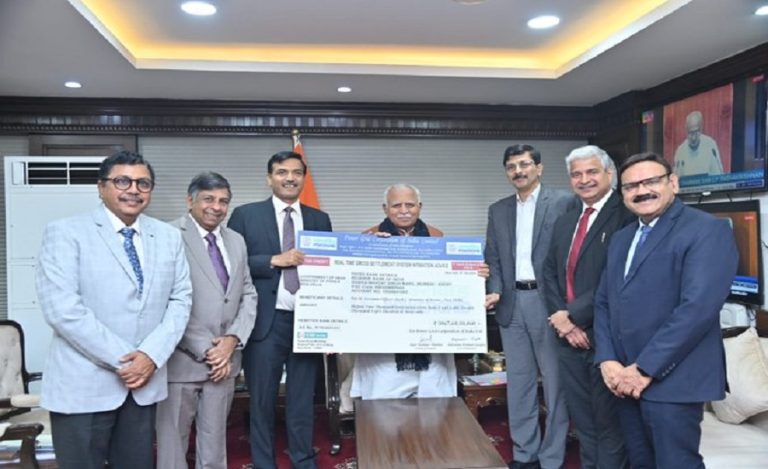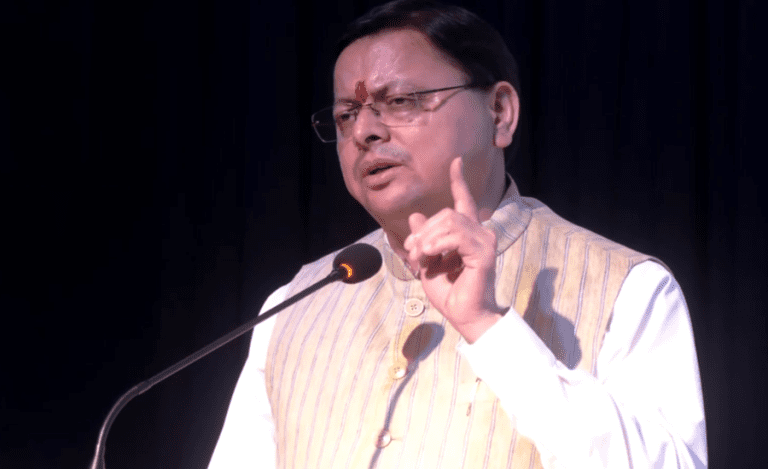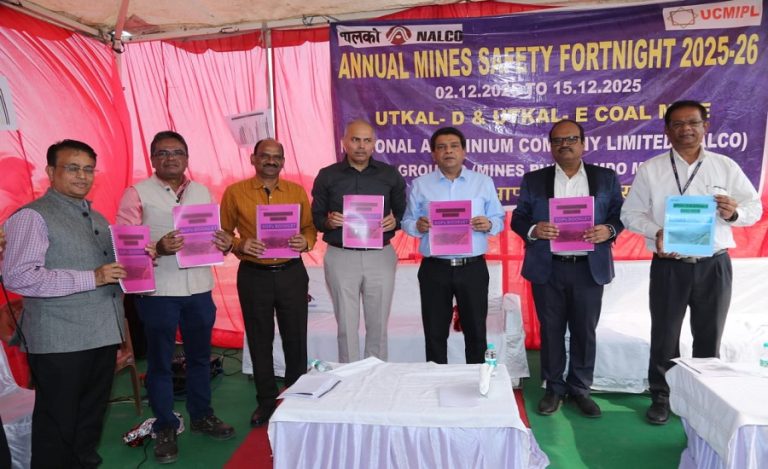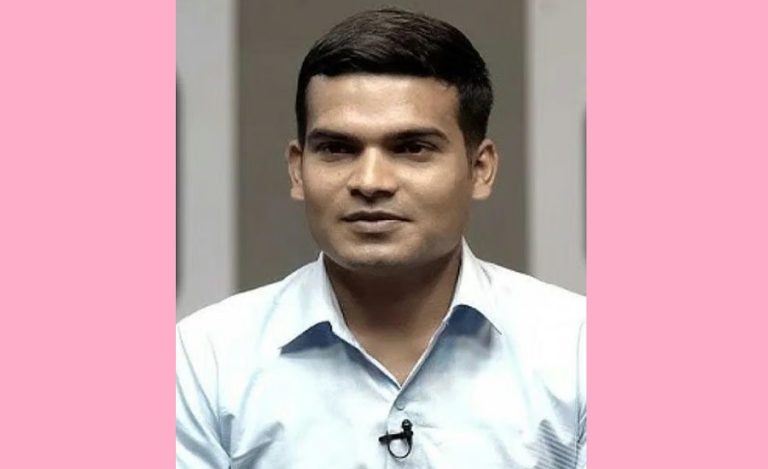New Delhi: Russian President Vladimir Putin is scheduled to visit India on December 5th, co-chairing the 23rd India-Russia Annual Summit with Prime Minister Narendra Modi. This will be Putin’s first visit to India since December 2021 and comes in the backdrop of ongoing geopolitical developments following the Russia-Ukraine conflict.
The visit is being closely watched internationally, as India and Russia are expected to discuss major agreements in energy, defense, trade, and strategic cooperation.
Jaishankar in Moscow to Finalize Visit Agenda
Indian External Affairs Minister S. Jaishankar will be in Moscow on Monday, officially to attend the Shanghai Cooperation Organization (SCO) meeting. However, sources indicate that his visit is largely focused on preparations for President Putin’s India visit.
Jaishankar is expected to discuss the draft agenda for the summit, ensuring all key areas of bilateral relations are covered. The talks will include cooperation in forums like SCO, BRICS, UN reform, and G-20. Additionally, he will inaugurate two new Indian consulates in Russia, signaling India’s commitment to a long-term strategic relationship.
Defense Deals and Technology Transfers on the Table
The summit is expected to cover significant defense agreements –
- Supply of Su-57 fighter jets with up to 70% technology transfer
- Purchase of five additional units of S-400 missile systems
- Discussions on joint production of the S-500 missile system
- Cooperation in nuclear energy and strategic connectivity projects such as the Eastern Sea Corridor (Vladivostok-Chennai)
These deals highlight the growing depth of India-Russia strategic and defense ties.
Expanding Bilateral Trade Beyond Oil
Bilateral trade between India and Russia has expanded rapidly, primarily driven by oil imports. In the first half of 2025, India imported 1.6 million barrels of crude oil per day from Russia, making it the second-largest buyer of Russian oil globally.
Trade between the two countries is projected to reach $68.7 billion in the 2024-25 fiscal year, a six-fold increase from $13 billion in 2021-22. However, India currently faces a $59 billion trade deficit, as 90% of imports are fuel-based.
Both countries are now exploring ways to diversify trade beyond oil, with potential growth areas including –
- Indian pharmaceuticals in Russia
- Demand for Indian consumer goods and electronics
- Joint investments in sectors like agriculture and the Arctic region
India and Russia have set a long-term goal of achieving $100 billion in bilateral trade by 2030, moving toward a more balanced economic partnership.
Strategic Significance
The Modi-Putin summit is seen as a critical step in strengthening India-Russia ties, especially in defense and energy sectors, amid a rapidly changing global geopolitical scenario. The world will closely watch the agreements and announcements that emerge from this high-profile visit.

